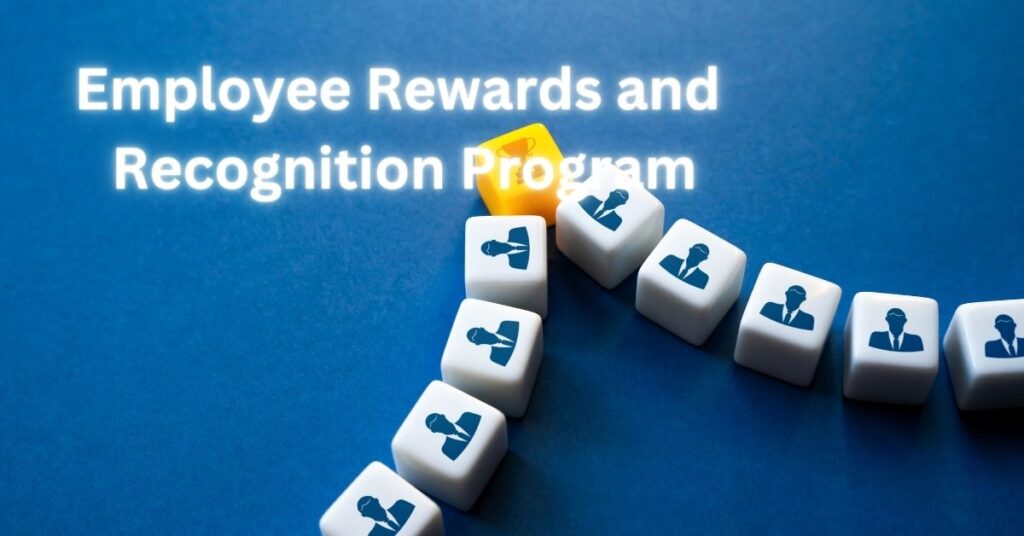When was the last time you genuinely appreciated a team member? If you’re struggling to recall, you’re not alone. Many organizations underestimate the power of an effective employee rewards and recognition program. But here’s the catch: if you want to build a team that’s engaged, motivated, and loyal, you’ve got to make your people feel valued. Let’s dive into everything you need to know to create a program that resonates with your employees and drives results. Employee Recognition: The Ultimate (2025) Guide to Building a Thriving Workplace
Table of Contents
Why Employee Rewards and Recognition Program Matter
Picture this: Jane, a hardworking marketing professional, just pulled off a stellar product launch. Her efforts brought in significant revenue and boosted the company’s reputation. Yet, she hears nothing from her manager—no “thank you” or acknowledgment of her hard work. Jane starts to question if her contributions even matter. Before long, she’s disengaged and updating her LinkedIn profile. Ouch.
Now, compare that to a company that publicly acknowledges Jane’s achievements, rewards her with a gift card, and sends a personal note of appreciation. That’s the kind of environment where employees thrive. Research backs this up: organizations with strong recognition programs experience 31% lower turnover rates.
Key Components of an Effective Program
Building an employee rewards and recognition program isn’t rocket science, but it does require intention. Here are the core elements you’ll need:
1. Clear Objectives
What do you want to achieve? Increased employee satisfaction? Higher productivity? Define your goals upfront.
2. Tailored Rewards
Not everyone values the same thing. Some employees may love a financial bonus, while others prefer extra time off or public recognition.
3. Timely Recognition
Don’t wait for the annual performance review. Recognize achievements as they happen to reinforce positive behaviors.
4. Inclusivity
Ensure your program is accessible to all employees, regardless of department or role.
5. Measurement and Feedback
Regularly assess the program’s effectiveness and tweak it based on employee feedback.
Types of Rewards and Recognition
Let’s explore the fun part—the actual rewards! Here’s a mix of ideas to inspire you:
Monetary Rewards
Bonuses, salary increments, or gift cards are classic choices. They’re straightforward and universally appreciated.
Experiential Rewards
Think concert tickets, spa days, or a weekend getaway. These create lasting memories.
Personalized Rewards
A book by their favorite author or a subscription box tailored to their interests shows you genuinely care.
Public Recognition
A shout-out during a team meeting or a feature in the company newsletter can go a long way.
Peer-to-Peer Recognition
Empower employees to recognize each other. Tools like Bonusly or Kudos make this simple.
Crafting a Recognition-Rich Culture
Culture eats strategy for breakfast. If you want your rewards program to succeed, it has to align with your company culture. Here’s how to make recognition a part of your organization’s DNA:
- Lead by Example: Managers should model the behavior they want to see. If leaders regularly recognize their teams, others will follow.
- Celebrate Milestones: Birthdays, work anniversaries, and project completions are all opportunities to acknowledge your team.
- Encourage Storytelling: Share success stories during meetings or on internal platforms to inspire others and build camaraderie.
Overcoming Common Challenges
No program is without its hurdles. Let’s tackle a few:
1. Budget Constraints
Recognition doesn’t have to break the bank. Even a handwritten note can make a big impact.
2. Consistency Issues
Use tools or software to track and automate recognition efforts, ensuring no one is overlooked.
3. Employee Skepticism
Be transparent about the program’s goals and involve employees in its design to build trust.
A Real-Life Success Story
At a mid-sized tech company, the HR team noticed rising turnover rates and declining morale. They implemented a peer-to-peer recognition program called “Kudos Corner.” Employees could nominate colleagues for a monthly Star Performer award, with winners receiving a personalized gift and public recognition. Within six months, employee engagement scores soared by 20%, and turnover dropped by 15%. The best part? The program cost less than their previous recruitment expenses.
Tips for Getting Started
Ready to roll out your program? Here’s a step-by-step guide:
- Survey Your Team
Ask employees what types of rewards and recognition they value most. Trust me, this step is a game-changer. - Start Small
Pilot the program with a single department before scaling it company-wide. - Leverage Technology
Platforms like Workhuman or BambooHR make it easy to manage rewards and track metrics. - Communicate Effectively
Clearly explain the program’s purpose and how employees can participate. - Celebrate Successes
Share results and success stories to keep the momentum going.
The ROI of Recognition
Investing in an employee rewards and recognition program isn’t just good for morale—it’s good for business. Engaged employees are 21% more productive and generate 22% higher profits. Plus, they’re more likely to stick around, saving you the cost of turnover.
FAQ Section
Q: How to implement a staff recognition program?
A: Start by identifying goals, defining criteria for recognition, selecting meaningful rewards, and leveraging tools or software to streamline the process. Ensure alignment with company values and involve employees for feedback.
Q: Cost of employee recognition programs
A: Costs vary widely, from a few dollars per employee for simple acknowledgments to thousands for comprehensive programs. Tailor the budget to balance affordability with meaningful impact.
Q: How do you creatively recognize employees?
A: Use personalized awards, peer-to-peer shoutouts, surprise rewards, experiential gifts, or gamify recognition with leaderboards and point-based systems.
Q: What is an example of awards and recognition for employees?
A: A “Star Performer of the Month” award coupled with a personalized thank-you note and a gift card can be a simple yet effective example.

